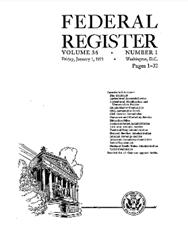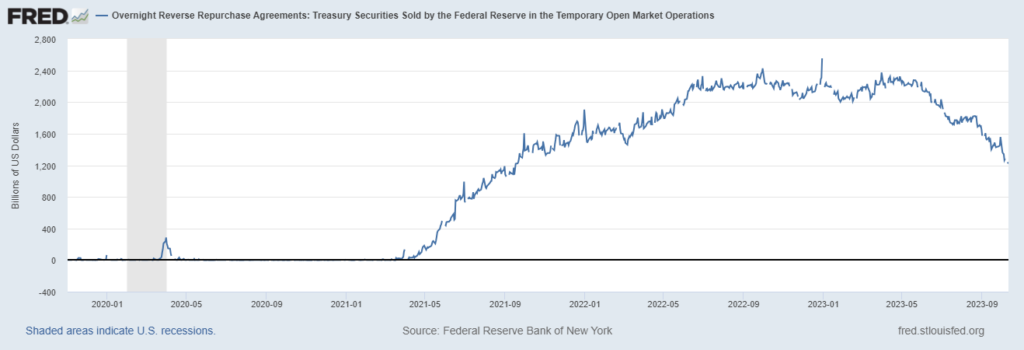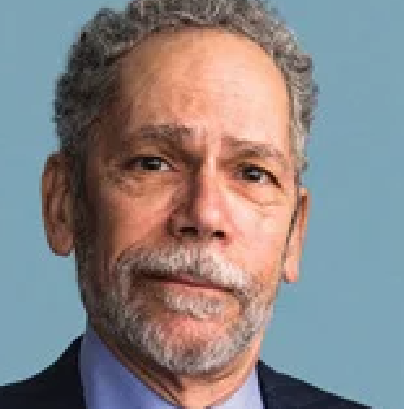Recent Moves by LGIP and Money Fund Managers Support View that Fed is Nearly Done Tightening

Money market fund and local government investment pool managers have been re- positioning portfolios on the assumption that the Federal Reserve is near the end of its tightening cycle. The moves have taken place incrementally over the past several months as the “nearly done” mantra suffused the market.
Minutes of the Fed’s September meeting, released yesterday, support this outlook that the Fed is nearly done raising rates. What’s interesting is that managers were confident enough that they understood the Fed’s evolving policy that they did not feel a need to wait for official confirmation which may come at the next FOMC meeting on November 1.
The modest re-positioning of LGIPs is evident in the weighted average maturity for general (prime) local government pools tracked by S&P which advanced to 37 days for the week ended Sepember22. That is up from 35 days at the beginning of the month. WAMs of government-oriented local government pools averaged 25 days at the end of September. In the Rule 2a-7 world the money funds in the Crane 100 index extended WAMs by two days in September to 26 days. The average WAM of the Crane 100 was 14 days in January, its lowest point in this cycle of rapidly rising rates. WAMs of prime institutional funds tracked by Crane also extended, to 27 days as of September 30 from 25 days the prior month.
A maximum WAM of 60 days for money market funds is required by Rule 2a-7 and also required by S&P to maintain a rating of AAA. With the re-positioning, current WAMs are near the mid-point of 1-60, presumably reflecting a consensus among portfolio managers that rates are not likely to move up or down by more than a small increment in the next one or two months. Prime funds have a somewhat longer WAM because commercial paper and other credit instruments offer a yield pick-up in 6-12 month maturities that is not there for Treasuries.
It’s OK When Banks Fail—As Long as Your Deposits are Within Deposit Insurance Limits

So says Sheila Bair, former Federal Deposit Insurance Corporation chair in an interview with Barrons Live, Market Watch. Bair argues that failures will winnow the system of weaker banks and thus promote stability. For those who may wonder, Bair is not a radical progressive. She was a senior staffer for Senator Bob Dole, and a chair of the Federal Deposit Insurance Corporation in the George W. Bush administration. In 2008 she opposed some of the bailout proposals that sought to shore up the financial system during the Great Recession.
Bank failures have been front of mind for many since the collapse of Silicon Valley Bank earlier this year. High interest rates were supposed to be a boon to banks who could raise lending rates and increase margins. But the sharp rise in rates has been a two-edged sword: many banks hold long-term Treasuries whose value plummeted when rates rose, putting pressure on their capital. An International Monetary Fund analysis released earlier this week estimated as many as 30% of global banks subject to its stress test are vulnerable to a prolonged period of high rates and low growth.
The capital sufficiency rules recently proposed by US regulators could pressure many banks, and community banks that have limited access to the public capital markets could face particular challenges.
None of this is new, but it is nevertheless concerning.
Public funds investors whose deposits are properly collateralized have security above the insurance limit, and there are also deposit services (CDARS is one) that allocate deposits above $250,000 among insured institutions to “multiply” insurance coverage. Diversification, whether by actively managing deposit relationships or using a deposit management service should be the rule unless you are satisfied to rely on the credit of the bank.
Mandatory Money Fund Fees and Gates Are History

The Securities and Exchange Commission’s money fund reform rule, adopted in July, eliminated the requirement that institutional money market funds (except government funds) impose mandatory redemption fees and gates when their liquidity falls below prescribed levels. This provision of the new rule was effective October 2, so mandatory fees and gates are gone.
The linkage between liquidity and the imposition of fees and gates was viewed as accentuating a “rush to the exit” by investors in February/March 2020 that stressed the financial markets. The SEC and fund sponsors hope that eliminating the mandatory linkage will remove one reason for investors to flee funds in times of stress.
The new rule replaced mandatory fees and gates with a liquidity fee that applies to institutional prime funds. It will go into effect early next year. Implementing this provision has its own challenges and some prime fund sponsors may close their funds or make changes that will make them less attractive.
Uncertainty around the future of institutional prime funds is one reason why institutional investors have preferred government funds in recent months. Crane Data estimates that institutional government and Treasury funds grew by nearly $500 billion in the last 12 months, while institutional prime funds declined by nearly $30 billion.
Public sector investors may have avoided prime funds in favor of government funds because of the mandatory fees and gates and the fact that they do not maintain a constant net asset value. Prime local government investment pools are not subject to Rule 2a-7 so they are able to offer a constant net asset value and were not required to have mandatory fees and gates. They generally offer a rate advantage of 10-20 basis points over institutional government money funds.
Replacing mandatory fees and gates with a liquidity fee should not change the competitive advantage of prime LGIPs. Investors who are comfortable with credit-based investments and whose investment policies permit them will likely continue to prefer prime LGIPs over their money fund alternatives.
The Tale of the Vanishing Investment
In December, 2022 the Federal Reserve’s overnight repurchase agreement facility was nearly $2.6 trillion. It was the largest single repo counterparty for money market funds. Participation was strictly limited to large banks, money funds and government sponsored enterprises. Other large investors, including large state and local governments and local government investment pools, were not eligible to participate.

The use of the RRP facility ballooned as a consequence of the Fed’s quantitative easing policy in response to the Covid pandemic that created several trillion dollars of free reserves. The Fed offered the facility to provide a place to “park” these funds without disrupting the market.
Many market participants worried that when the Fed began to unwind its QE program, shrinking the RRP facility could destabilize the short end of the market. Remarkably, RRP balances have declined by $1.4 trillion so far this year, with nary a ripple on the markets. Money funds and banks have replaced their overnight Fed repo amounts with Treasuries— the Treasury ramped up issuance to increase supply from $3.7 trillion outstanding at the end of 2022 to about $5.2 trillion currently.
It’s simple: add $1.5 trillion of Treasury Bills, take away $1.4 trillion of RRP and the rest is a rounding amount.


